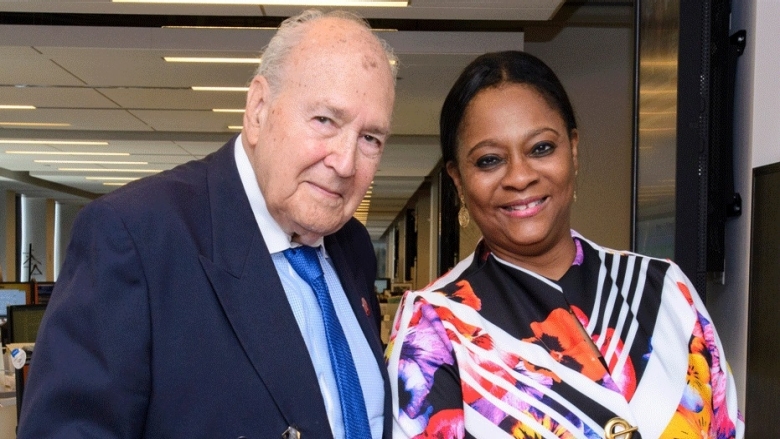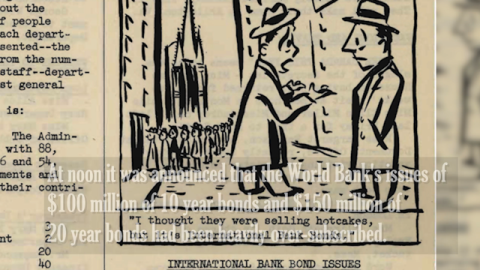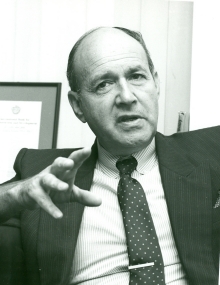When it comes to using capital market innovations to support development, the World Bank Treasury stands on the shoulders of the giants who came before us.
From inaugural IBRD bond issued 70 years ago—to the first currency swap in 1981—to last month's launch of the pandemic bond, pioneering innovation is a legacy which we continue to build on today.
Back in 1947, the World Bank needed to look for innovative financing to leverage debt. Demand from clients had outstripped the capital paid in by members. Only the paid-in capital of the United States ($571.5 million) was fully available for lending. The Bank needed to raise additional funding on the bond market—something it had never done before.
"It is hard now to comprehend how difficult it was initially to make investors, regulatory bodies and legislatures understand how essentially sound an institution we are," wrote E. F. Dunstan, the Bank's director of marketing at the time. "Indeed, it was with considerable trepidation that we announced plans for our first bond offering of $250 million in the United States on July 15, 1947, through 1,700 securities dealers. This was the largest consortium of its kind which, up to that time, had ever been organized in this country."
The marketing strategy, which included roadshows, presentations and inviting investors to visit the Bank in Washington, DC for discussions with senior staff and management worked.
The inaugural offering of $250 million on July 15, 1947 was six times oversubscribed (according to the Bank's FY47 Annual Report), with the bonds immediately selling at a premium over the public offering price.



